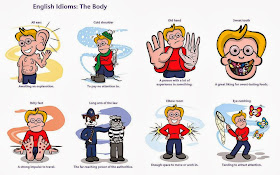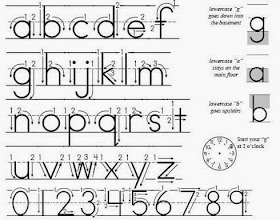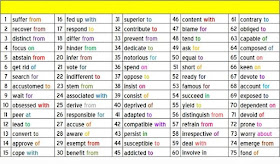(6th Cultural Week-4: Writing in the 21st century)
Continuing with the different ways by which we communicate by writing in the XXIst century, it's the turn for tweets. To tweet is the English word which refers to the vocalization birds do, both their calls and their songs, which have a function and a meaning.
From this original meaning, now the word has developed to give name to Twitter, the online networking service, which enables users to send and receive short messages, not more than 140 characters, which are called tweets.
Here are some examples of tweets on Twitter:
- PROJECT 4 FOR THE CULTURAL WEEK IN ENGLISH:
- WRITE ORIGINAL OR FUNNY TWEETS IN ENGLISH. REMEMBER NOT MORE THAN 140 LETTERS. YOU MAY USE ABBREVIATIONS LIKE WHEN TEXT MESSAGING.
- WRITE ORIGINAL OR FUNNY TWEETS IN ENGLISH. REMEMBER NOT MORE THAN 140 LETTERS. YOU MAY USE ABBREVIATIONS LIKE WHEN TEXT MESSAGING.



.jpg)















































